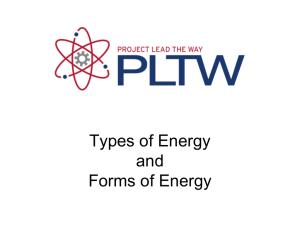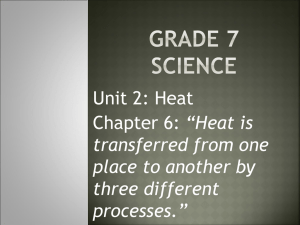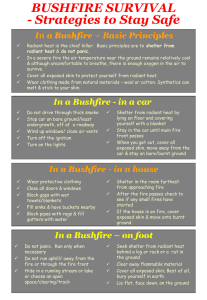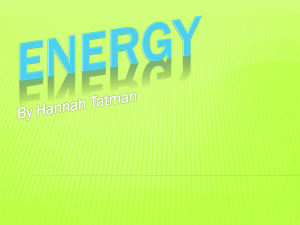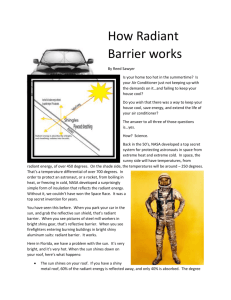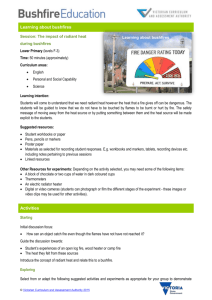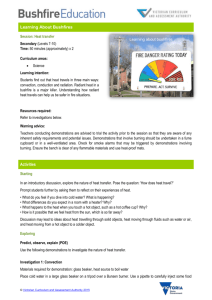Heat and temperature
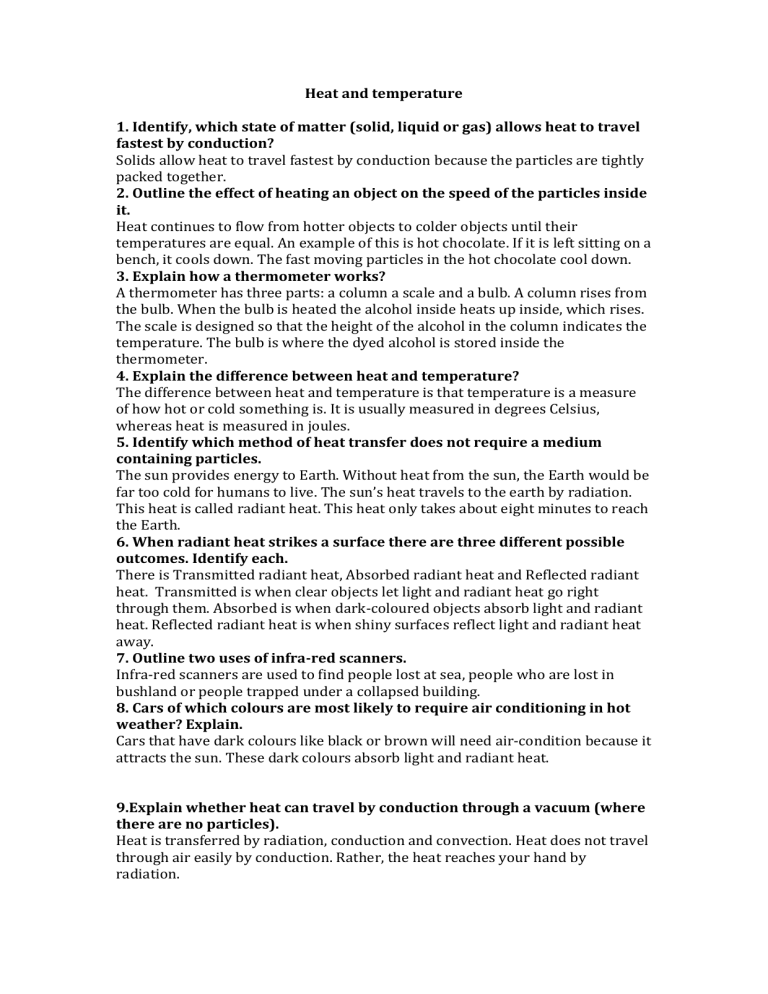
Heat and temperature
1. Identify, which state of matter (solid, liquid or gas) allows heat to travel fastest by conduction?
Solids allow heat to travel fastest by conduction because the particles are tightly packed together.
2. Outline the effect of heating an object on the speed of the particles inside it.
Heat continues to flow from hotter objects to colder objects until their temperatures are equal. An example of this is hot chocolate. If it is left sitting on a bench, it cools down. The fast moving particles in the hot chocolate cool down.
3. Explain how a thermometer works?
A thermometer has three parts: a column a scale and a bulb. A column rises from the bulb. When the bulb is heated the alcohol inside heats up inside, which rises.
The scale is designed so that the height of the alcohol in the column indicates the temperature. The bulb is where the dyed alcohol is stored inside the thermometer.
4. Explain the difference between heat and temperature?
The difference between heat and temperature is that temperature is a measure of how hot or cold something is. It is usually measured in degrees Celsius, whereas heat is measured in joules.
5. Identify which method of heat transfer does not require a medium containing particles.
The sun provides energy to Earth. Without heat from the sun, the Earth would be far too cold for humans to live. The sun’s heat travels to the earth by radiation.
This heat is called radiant heat. This heat only takes about eight minutes to reach the Earth.
6. When radiant heat strikes a surface there are three different possible outcomes. Identify each.
There is Transmitted radiant heat, Absorbed radiant heat and Reflected radiant heat. Transmitted is when clear objects let light and radiant heat go right through them. Absorbed is when dark-coloured objects absorb light and radiant heat. Reflected radiant heat is when shiny surfaces reflect light and radiant heat away.
7. Outline two uses of infra-red scanners.
Infra-red scanners are used to find people lost at sea, people who are lost in bushland or people trapped under a collapsed building.
8. Cars of which colours are most likely to require air conditioning in hot weather? Explain.
Cars that have dark colours like black or brown will need air-condition because it attracts the sun. These dark colours absorb light and radiant heat.
9.Explain whether heat can travel by conduction through a vacuum (where there are no particles).
Heat is transferred by radiation, conduction and convection. Heat does not travel through air easily by conduction. Rather, the heat reaches your hand by radiation.
10. Identify some of the materials used for saucepan handles. Explain why these materials have been used for this purpose.
If it is a thin handle the less heat goes into it because there is less material.
11.Explain why the smoke from a factory does not keep rising forever.
This is because when it rises it cools and drops and replaces the warm air in the cycle.
